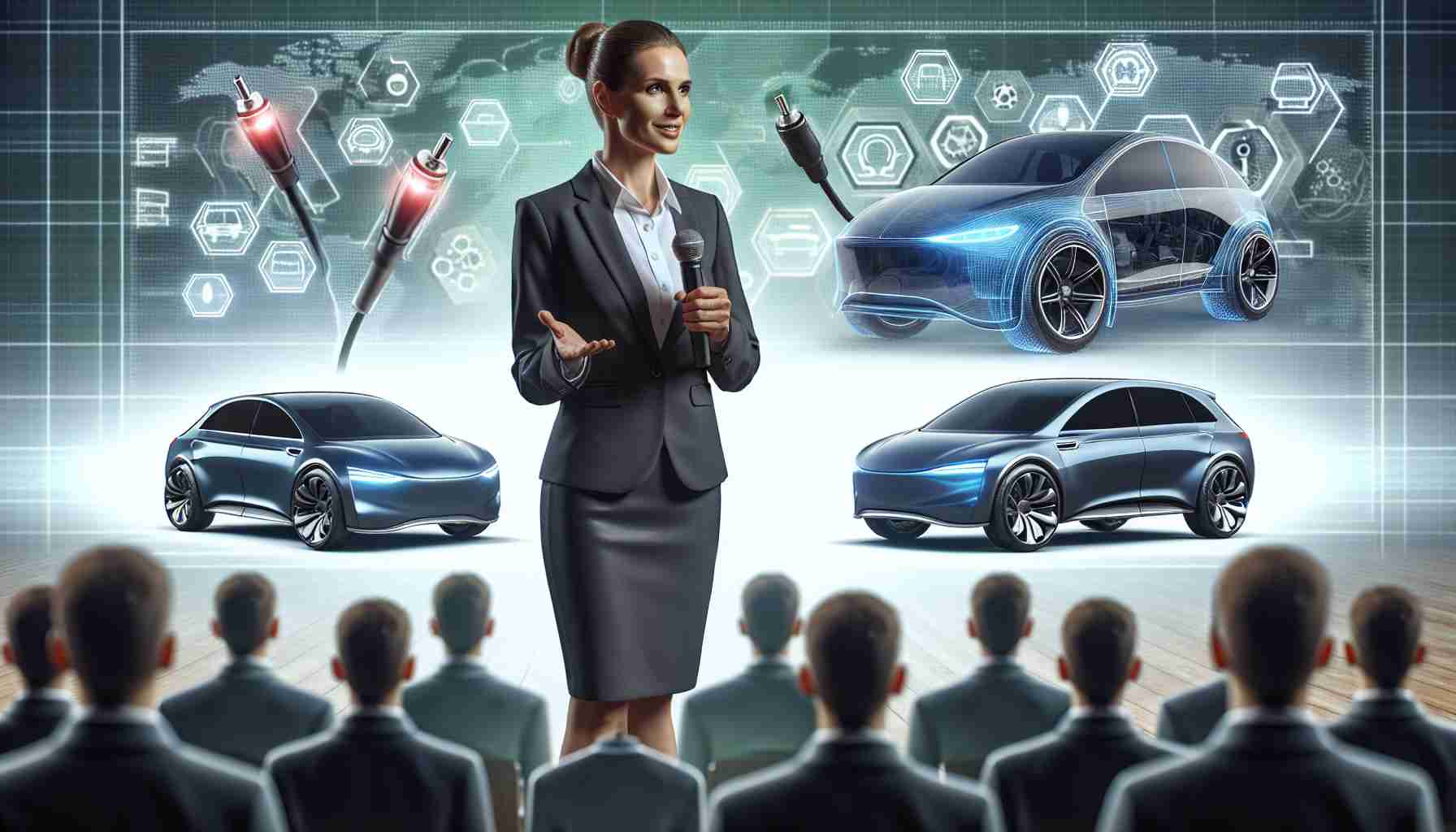Vice President Harris stood firm during a recent rally in Flint, Michigan, refuting claims made by her opposition regarding a proposed ban on gas-powered cars. Rather than dictating what vehicles people can drive, Harris emphasized the importance of transitioning towards electric vehicles for environmental sustainability and job creation in the auto industry. Partnered with President Biden’s administration, she highlighted the benefits of supporting advancements in electric vehicle technology and production.
Contrary to Harris’ vision, her Republican opponent and former President Trump have criticized efforts to promote electric vehicles, claiming it would lead to mass layoffs. Despite the attacks, Harris remained resolute in her stance, pointing out past plant closures during the previous administration and promising to support American union workers in the development of cutting-edge technologies.
By championing the conversion of a GM plant in Lansing to produce electric vehicles with a substantial investment from the Biden administration, Harris underscored the commitment to innovation and job retention in the industry. Her message resonated with the audience, emphasizing the importance of not only inventing but manufacturing the next generation of vehicles domestically, further cementing her dedication to a sustainable and prosperous future for the auto sector.
Vice President Harris’ Advocacy for the Transition to Electric Vehicles:
Amidst the ongoing discussions surrounding the shift from gas-powered to electric vehicles, Vice President Harris has emerged as a prominent advocate for the transformation in the auto industry. While the previous article highlighted Harris’ steadfastness in promoting electric vehicles for environmental sustainability and job creation, there are additional facets to this crucial topic that merit attention.
Key Questions:
1. What are the environmental implications of transitioning from gas to electric vehicles?
2. How do electric vehicles contribute to reducing greenhouse gas emissions?
3. What challenges exist in transitioning the auto industry to electric vehicle production?
4. What measures can be taken to incentivize consumers to adopt electric vehicles?
Challenges and Controversies:
One of the primary challenges associated with transitioning from gas to electric vehicles is the infrastructure required to support widespread adoption. This includes the need for an expanded network of charging stations, particularly in rural and underserved areas. Additionally, concerns about the environmental impact of lithium mining for electric vehicle batteries have sparked debates over the sustainability of the entire electric vehicle supply chain.
Another contentious issue is the potential displacement of workers in the traditional auto industry as the shift towards electric vehicles accelerates. Balancing the need for job creation in the burgeoning electric vehicle sector with ensuring a just transition for workers in gas-powered vehicle manufacturing presents a complex dilemma that policymakers must address.
Advantages and Disadvantages:
The advantages of transitioning to electric vehicles are manifold, including significantly lower greenhouse gas emissions compared to internal combustion engine vehicles, reduced reliance on fossil fuels, and the potential for technological innovation and job growth in the clean energy sector. Electric vehicles also offer operational cost savings for consumers through lower fuel and maintenance expenses over the vehicle’s lifetime.
However, some disadvantages of electric vehicles include higher upfront costs due to the expense of battery technology, limitations in driving range compared to traditional vehicles, and the reliance on electricity grids that may still be powered by fossil fuels in some regions, raising questions about the overall environmental benefit.
In conclusion, Vice President Harris’ advocacy for the transition to electric vehicles represents a pivotal moment in shaping the future of the auto industry. By addressing key questions, challenges, and controversies surrounding this topic, stakeholders can navigate the complexities of the shift towards sustainable transportation more effectively.
For more information on electric vehicles and their impact on the environment and economy, visit Environmental Protection Agency.
